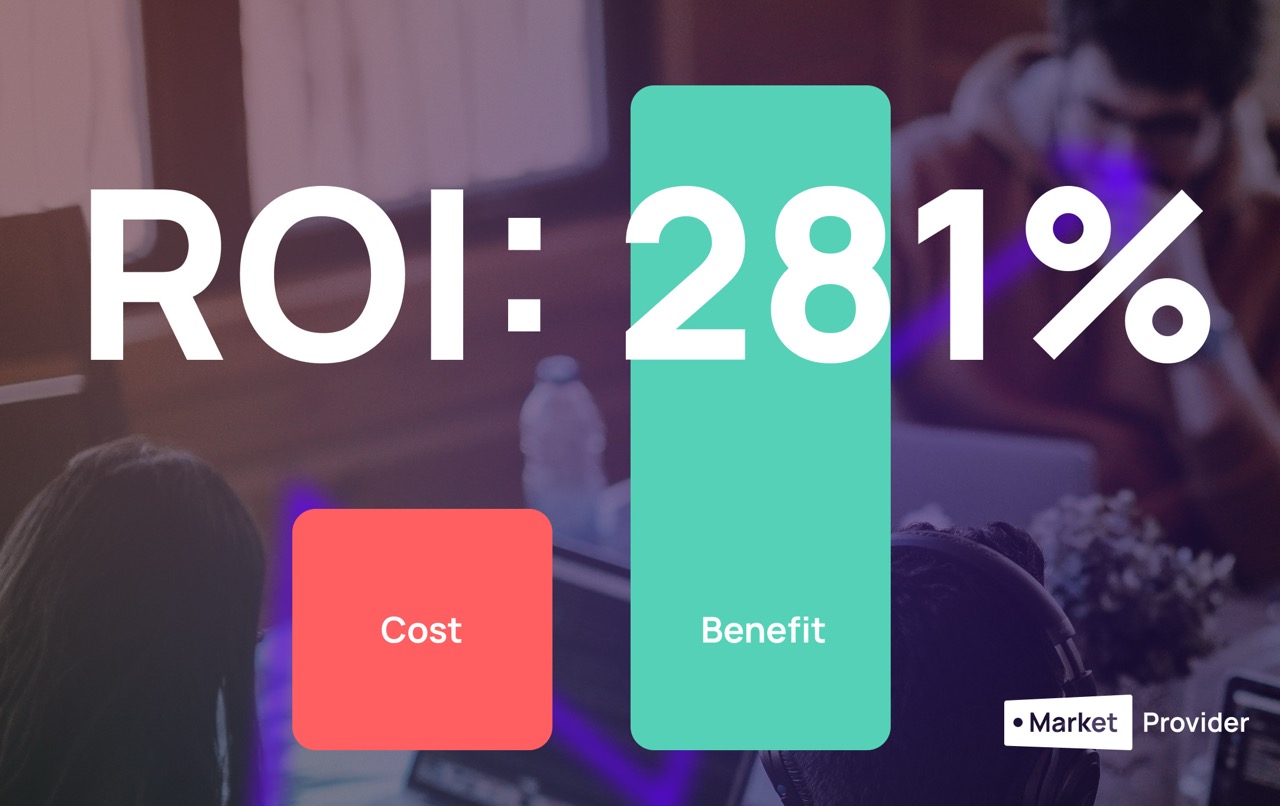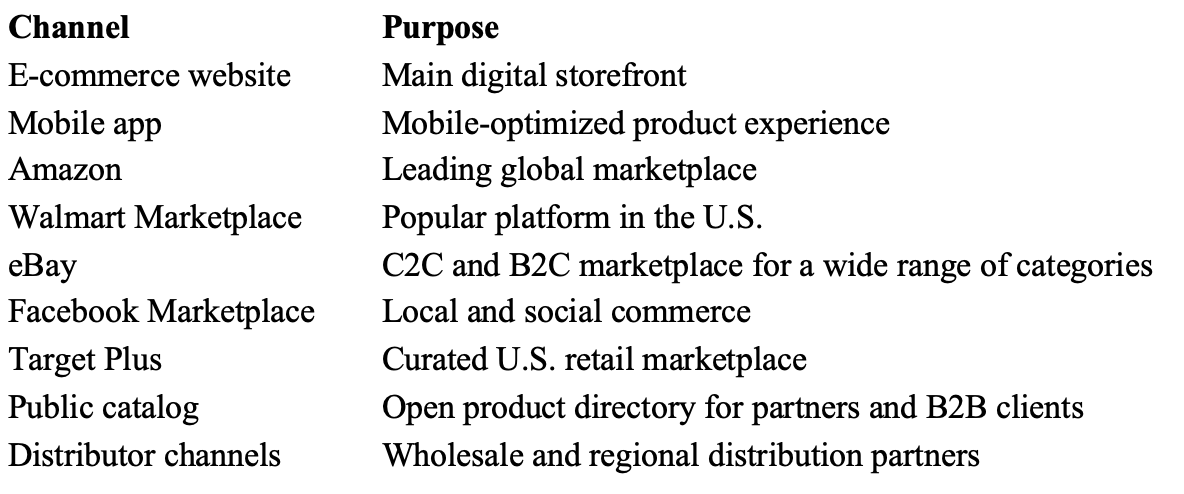The competition in e-commerce is getting more intense. It’s no longer just about winning customers — it’s about speed, accuracy, and scalability in managing product content. The more SKUs, sales channels, and quality standards you have, the higher the cost of mistakes — and the greater the need for automation.
In our previous article, we explored why companies often delay implementing a PIM system and the hidden risks of postponement. One of the most common concerns we hear:
“It’s expensive and we don’t know when it will pay off.”
This article is the next step. We’ll show concrete numbers on how much PIM implementation costs and how to calculate ROI (Return on Investment).

We’ll cover:
- The typical costs of implementing a PIM
- How to calculate time and resource savings
- When PIM starts generating value
- Why delaying implementation could be more expensive in the long run
Spoiler: Even with a moderate number of SKUs and channels, PIM pays off in just a few months — especially if you work with multiple marketplaces and don’t have the capacity to manually update every product listing.
Why Companies Postpone PIM Implementation
Many businesses assume that implementing a PIM is complex, time-consuming, and expensive. Decisions are often delayed for subjective reasons:
"Now is not the right time," "Let’s first get our data in order."
But when you look at the numbers, it becomes clear: PIM is an investment that quickly pays off and delivers measurable value.
Example: A Mid-Sized E-commerce Company
Initial scenario:
- 10,000 SKUs
- 5 employees working with content
- 9 content distribution channels:

Each of these platforms requires its own tailored version of product content. Without a PIM, this essentially means managing 90,000 individual product cards manually.
Hidden Costs of Not Using a PIM
- Errors in product descriptions, specs, and prices → returns and lost trust
- Delayed time-to-market for new products
- Content inconsistencies between platforms
- Lower visibility in search results due to irrelevant data
- Team overload, burnout, and staff turnover
These losses are often difficult to measure but have a direct impact on revenue and brand reputation.
Estimated Cost of PIM Implementation

ROI Calculation for PIM Implementation
Formula:
ROI = (Benefit – Cost) / Cost × 100%
Key numbers:
- 10,000 products × 9 channels = 90,000 product cards
- Without PIM: 3 minutes per card → 4,500 hours
- With PIM: 40 seconds per card → 1,000 hours
- Time saved: 3,500 hours
- Hourly cost: €8.5
- Time savings value: 3,500 × €8.5 = €29,750
- PIM implementation cost: €7,800
ROI: (29,750 – 7,800) / 7,800 × 100% ≈ 281%
Payback period: Less than 5 months, solely from content automation.
What’s Not Included in the ROI Calculation (but Adds Value)
- Reduction in product returns and content-related complaints
- Growth in organic traffic due to improved SEO
- Higher conversion rates through consistent, accurate content
- Faster time-to-market for new products
- Lower dependency on specific team members
When Does a PIM Start Paying Off?
Most companies see ROI from PIM implementation within 3 to 6 months, especially if they have:
- Over 2,000–3,000 SKUs
- Several marketplaces and digital sales channels
- Multichannel or multilingual content needs
- Frequent product data updates
Additional Efficiency Gains
- Reduced team workload → save on FTE (Full-Time Equivalent)
- Improved content quality → higher conversions and fewer returns
- Simplified business scaling
- Centralized data management across new markets and platforms
Conclusion
PIM is not just a tool — it’s a strategic driver of e-commerce growth. It enables:
- Faster product launches
- Consistent, high-quality content
- Operational efficiency
- Higher sales
Delaying implementation means losing money every day.
With MARKETPROVIDER, you get a modern, flexible PIM platform tailored to your business — no developers required.